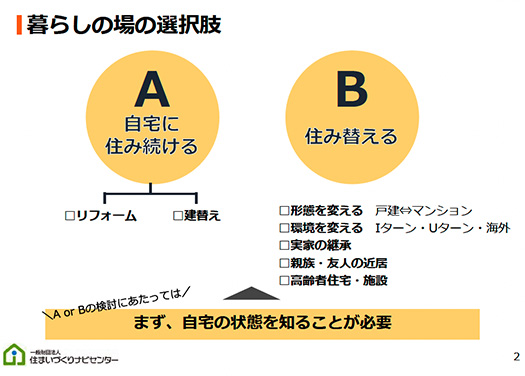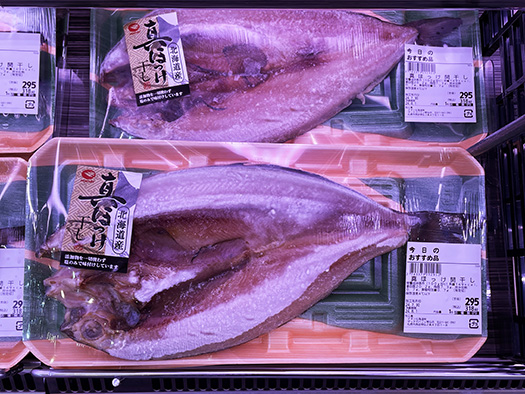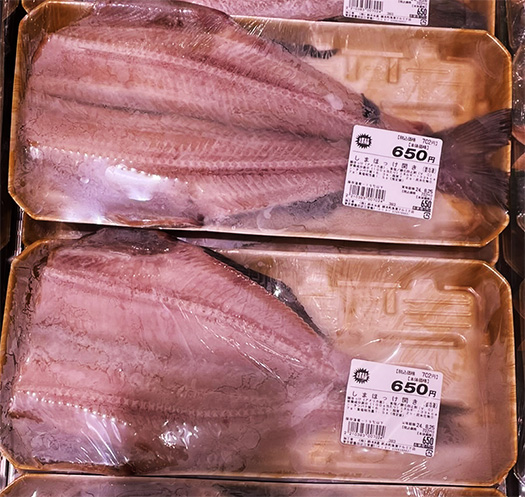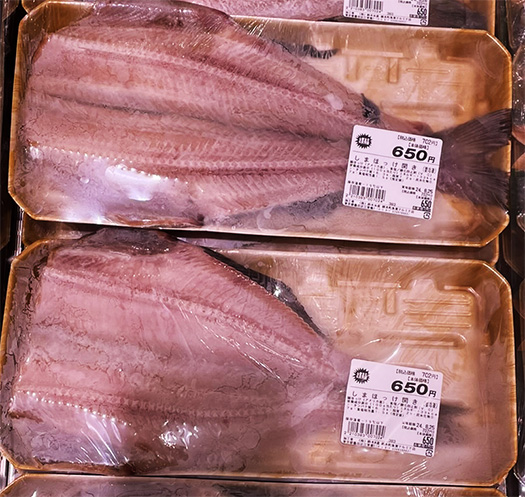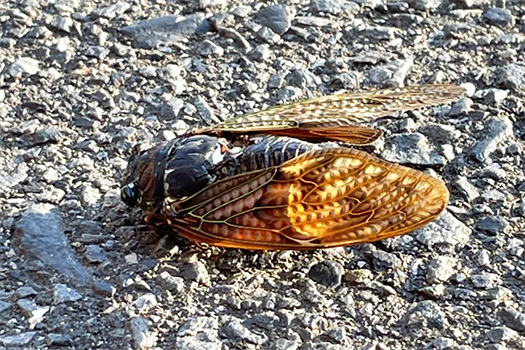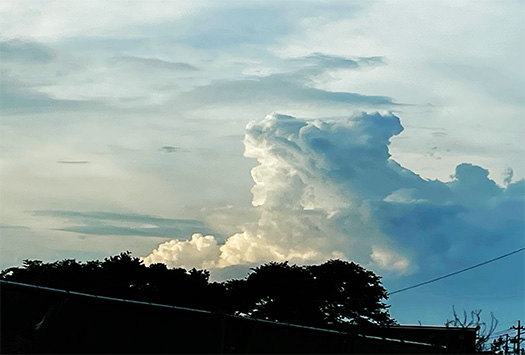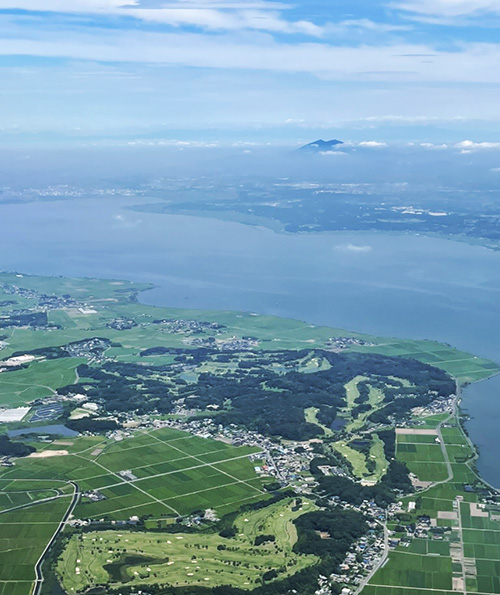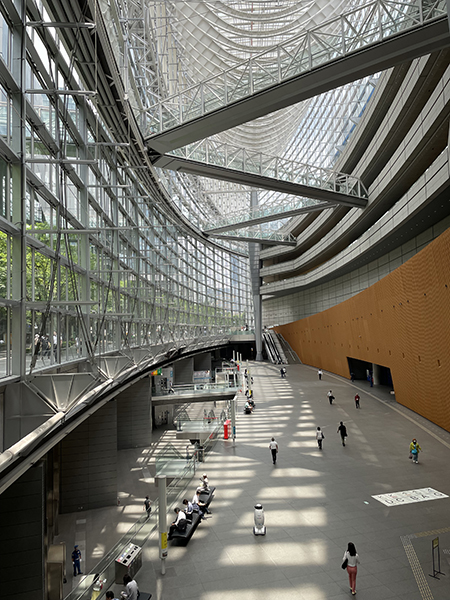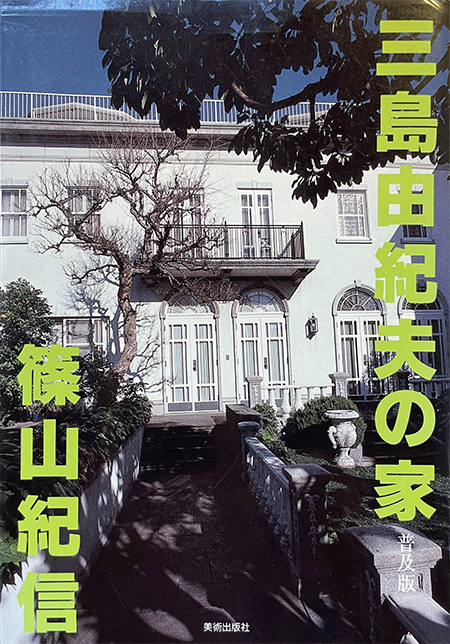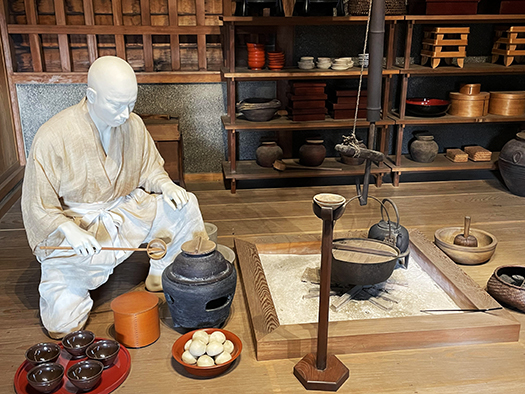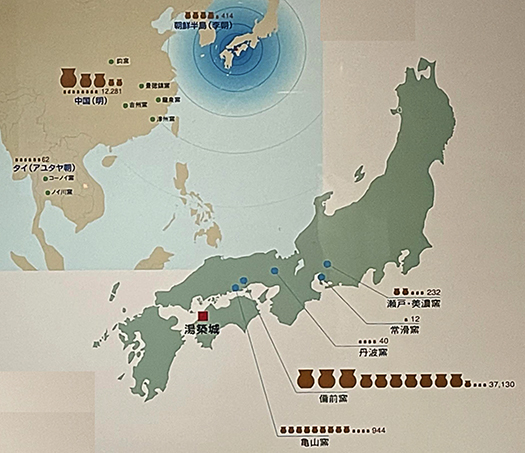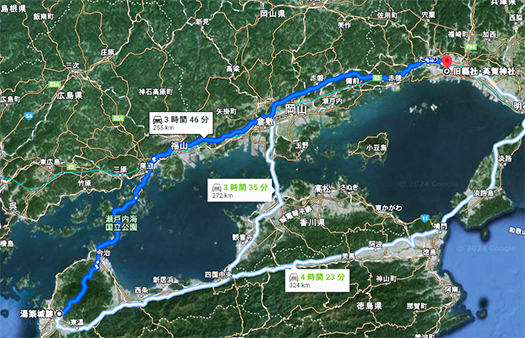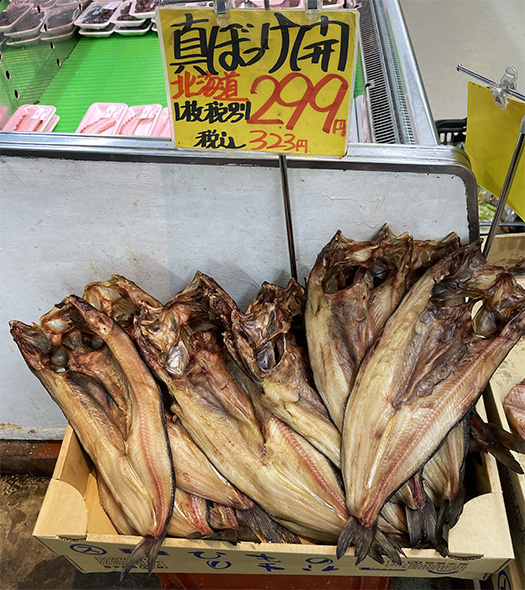
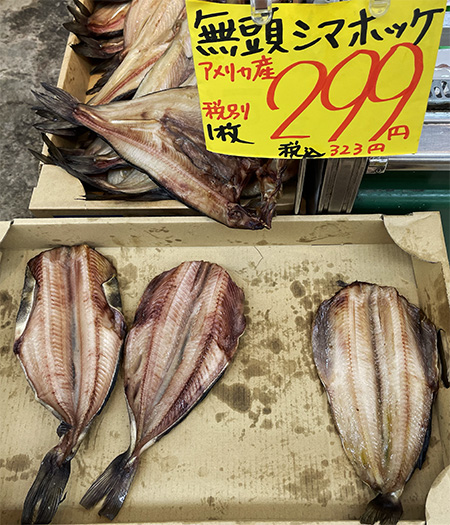
さて月曜日夜に東京から帰還後、あれこれの用務を片付けながら、今週末にはちょっとしたパーティがありカミさんと事前買い出しにようやく行けました。
で、ここのところすっかり「ホッケの開き」ブログと化しているので、ついつい目がその鮮魚コーナーに向かってしまう。このスーパーは札幌中央市場の魚屋さんが開いている店なので、お魚関係は豊富でしかも新鮮、なお格安というお気に入りなんですね。わたしのホッケの開き購入はおおむねこちらです。
昨日の場合、北海道産の「真ホッケ」開きが1尾299円。これはかなり大ぶりで、アタマから尻尾までおおむね40cm超でした。一方の「無頭シマホッケ〜アメリカ産」はやや小ぶりで25cm程度。価格はこちらも1尾299円。
ということでいつものように迷うことなく地元産一択。帰ってきて夕食で夫婦2人で盛大に平らげていましたが、2人で食べてもほぼ満腹。ごはんはわたしは減量して茶碗半分程度と、味噌汁、大根おろし、その他付け合わせの煮付けというメニュー。メインとしての役割としては完璧の大谷翔平クン状態。
で、このブログのご意見番氏からは、そろそろ開きの自作を強力にプッシュされています(泣)。刺身で捌くのはよくやるのですが、そういう自作はあんまり考えていなかった。
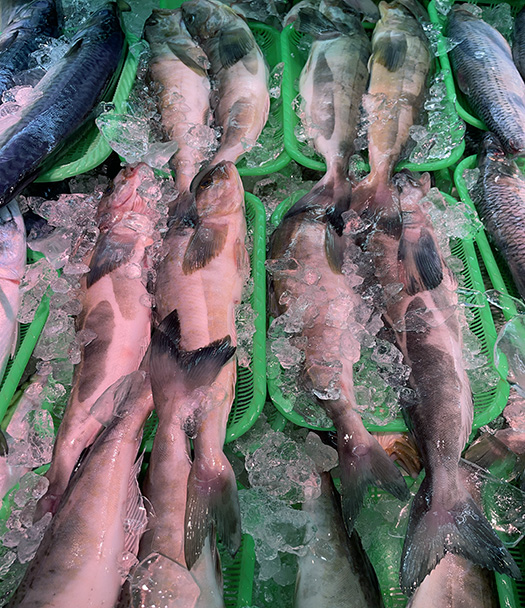
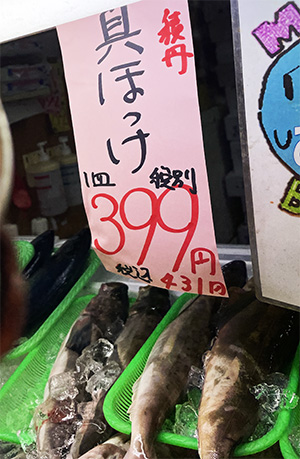
で、この新鮮なホッケを自分で開けば、1枚200円ほどで作ることが出来るのですね。産地は北海道・積丹と記載されていた。どうしよう、であります。
まぁ今週は焼き肉パーティということなので、アタマは別のところに向かっています。が、さていつまで我慢できることやら(笑)。たぶん週1での買い物毎に鮮魚コーナーで目が釘付けになり続けることでしょう。
それにしても、イナダの50-60cm程度の魚体のヤツも790円ほど。手料理大好き人間にとって北海道はあまりにも食材の魅力がありすぎる。先日のお寿司大量手づくりでも飛び入りで食べていただけた東京から来られていた方が、非常に喜んでいたということ。食べもののおいしさでつながる心は根深い親和力がきっとあるのでしょうね。北海道の無限な資産として、こういった海産物の魅力は不滅の輝き。地元民としては、いつなんどきでも対応できるように、料理の奥深さを探究しておきたい。
English version⬇
Shopping at the usual supermarket 🎵 Reconfirming hokke.
This has become a blog all about hokke (laughs), but it seems to be approaching its peak season and the price has dropped another notch, making it all the more appealing. …
After returning from Tokyo on Monday night, I finally went shopping with my wife in advance for a small party this weekend.
And since this blog has become a “hokke no akira” (hokke crackers) blog recently, my eyes couldn’t help but drift to the fresh fish section. This supermarket is owned by a fishmonger from the Sapporo Central Market, so the fish is plentiful, fresh, and inexpensive. This is where I usually buy my hokke (hokke).
Yesterday, I bought a Hokkaido “Maki-Hokke” for 299 yen a piece. It was quite large, measuring over 40 cm from head to tail. On the other hand, “Mu-Hokke (headless) Striped Hokke from the U.S.A.” was a little smaller, about 25 cm. The price was also 299 yen per fish.
So, as usual, we chose the local product without hesitation. We came home and ate it together for dinner, and we were almost full. I ate half a bowl of rice, miso soup, grated radish, and boiled vegetables as an addition to the menu. As for the main course, I was in perfect Shohei Otani condition.
And Mr. Opinionator of this blog has been strongly pushing me to make my own kiraki-kira soon (tears). I often do sashimi processing, but I hadn’t really thought about that kind of homemade.
So, if you open this fresh hokke yourself, you can make it for about 200 yen per piece. The place of origin was listed as Shakotan, Hokkaido. What should I do?
Well, my mind is going somewhere else this week because we are going to have a yakiniku party. But I wonder how long I can hold out (laugh). I will probably keep my eyes glued to the fresh fish corner every time I go shopping once a week.
But even so, a 50-60cm piece of inada fish costs about 790 yen. For those of us who love homemade cooking, Hokkaido has too much to offer in the way of ingredients. The other day, a person from Tokyo, who had joined us in our mass production of handmade sushi, was very pleased with the food. I am sure that the hearts connected by the deliciousness of food have a deep-rooted affinity. As one of Hokkaido’s infinite assets, the charm of such seafood is immortal and radiant. As a local, I would like to explore the depth of the cuisine so that I can respond whenever and however I want.
Posted on 8月 2nd, 2024 by 三木 奎吾
Filed under: おとこの料理&食 | No Comments »


